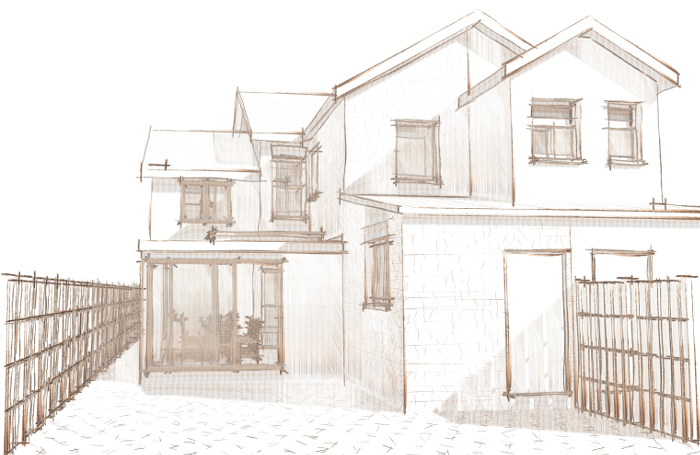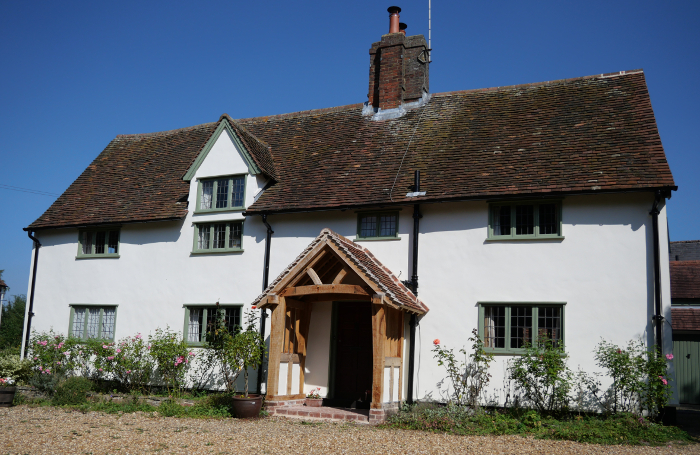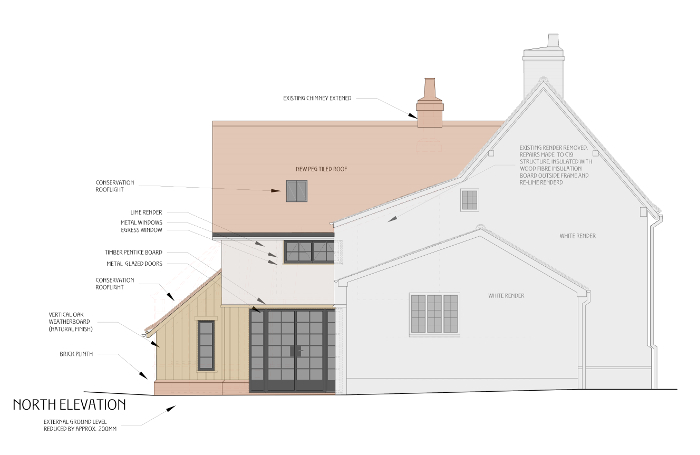Norton Studio Architects is based in Letchworth Garden City, Hertfordshire. The practice was founded by Adam Grant who is passionate about traditional buildings; their conservation and adapting them to be suitable for the C21st and beyond. They understand the importance of carefully assessing the building, understanding the cultural, social, and historical significance to enable the most appropriate design decisions to be made for clients and their buildings.
Adam has 20 years’ experience in architectural practice, and is an Architect Accredited in Building Conservation.
Having worked in London at a specialist conservation Architects practice prior to setting up Norton Studio Architects, Adam has built up a wealth of experience to bring projects from conception to completion, from smaller £80k projects to £1.2 million.
He is a member of EASA (Ecclesiastical Architects and Surveyors Association) and looks after Churches in the Diocese of St. Albans as a Quinquennial Inspector and is a Governor of the Letchworth Garden City Heritage Foundation, assisting their charitable and statutory duties sitting on the Housing Applications Committee
Sarah Aylmer recently joined the team as an Interior Design Consultant and has a Masters in Decorative Arts and Historic Interiors. Sarah brings a wealth of experience in historic buildings.
RIBA East had a chat with Adam to find out how he juggles life and work, how the practice was set up and how his interest in conservation architecture began.

What’s it like starting out in practice on your own, having to juggle life and work?
It’s the hardest single thing I have done in my life!
Physically and emotionally, it has been a rollercoaster, but I am very glad I have made the leap. I have a young family, and it works well with juggling school pickups. I try not to work at weekends or evenings, as it can be a bit difficult to switch off from work!
How easy is it to practice sustainable architecture as a small practice?
Good question! I think it is probably simpler being a small practice, as it is probably easier to coordinate information if there’s a small team involved, and you can have a direct relationship with clients.

What was your learning journey like and was it conventional?
I suppose it was slightly unconventional as I started weekly work experience at an architects practice whilst studying for my A levels. This then led on to returning for my part 1 and part 2 work experience.
Gaining experience of a small practice prior to my studies helped to ground my learning and understanding of the practice environment that I would ultimately be working in. The practical experience of hand drawing, learning about typography and line weights on a drawing board at the age of 18 was invaluable.
I have always been fascinated with old buildings and objects and their history, so it seemed natural to focus my career on historic buildings.
Purchasing a Grade II listed cottage in Letchworth allowed me to get hands on with lime plastering and natural materials and experience the materials first-hand. I would thoroughly recommend any architectural student tries to get some hands-on experience and immerse themselves in their area of interest.
The SPAB run fantastic working parties around the country which is one way to get involved. I have been very lucky to have some great mentors where I have worked, Edmund Wright and Eric Pavey at AT4 Architects who ignited my career (and did their best to persuade me to do something more profitable!), Mark Eddison at MEB Design Architects gave me fantastic experience working on ecclesiastical projects and helped nurture my interest in conservation, and Sibyl Thomas at Kay Pilsbury Thomas Architects who gave me fabulous projects to work on in a specialist conservation environment and encouraged me to become AABC accredited.

How did your interest in conservation architecture begin?
I think probably at secondary school. For my Art A level, I created a series of paintings of a local derelict church in Ayot St. Lawrence. I was fascinated by the form of the remaining stonework, and was intrigued with how it came to be, and the possibilities for re-use.
What do you think smaller practices need the most support with when starting up?
Connection with other architects, especially if you are a sole practitioner (as I was).
I think most architects enjoy working in teams (and I don’t mean Microsoft!), and I found the hardest aspect was the adjustment from working in a studio environment, where you’re able to ask a quick question, to working completely on your own.
The RIBA East Emerging Practice group, which I was fortunate to join from the start in 2020, has been a lifeline, being able to attend the monthly online meetings makes a real difference and being able to keep in touch via the RIBA East Emerging Practice Facebook group for chat and queries between meetings has really helped.

How do you think the profession could break down barriers to entry for people of all backgrounds and abilities?
I think engagement of the profession and industry at school level, both primary and secondary is key. If we can get kids interested early and give them confidence in what they want to do that will make a huge difference.
I hope to start work experience/mentoring with local schools once the practice has grown larger as I am keen to give back and to offer the opportunity I had at a young age to the next generation.
To find out more about Norton Studio Architects please see their website or follow them on Twitter and Instagram.









